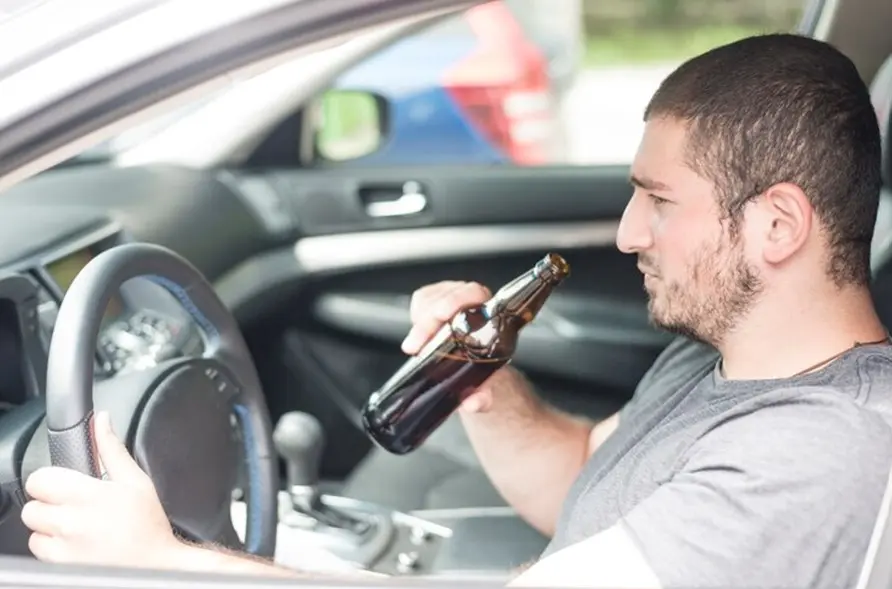Accidents caused by drunk drivers can change lives in seconds. They are not just statistics. They’re real, painful, and often devastating. Whether it’s a totaled car, a hospital bill, or a life lost too soon, the impact of these crashes runs deep. Holding a drunk driver accountable isn’t just about justice—it’s about preventing the next crash from happening. But how do you prove that someone was actually drunk when they caused the accident?
This is where things can get a little tricky. Proving drunk driving in a crash isn’t always as simple as it sounds. It takes the right kind of evidence. It also takes knowing what to look for and how to gather it. Drunk driving accident lawyers can help you with collecting evidence and more. They understand the process, know what evidence counts, and can build a strong case for the victim. In situations like this, their knowledge can make all the difference.
Police Reports
One of the most valuable pieces of evidence is the police report. When an accident happens, officers who respond will investigate the scene. They look for signs of drunk driving—slurred speech, bloodshot eyes, alcohol odor, or open containers in the car. They write all of this down in their report.
Sometimes, the officer may even include their own opinion about who caused the accident. If they believe the driver was under the influence, that can help support your case. The report may also mention whether a field sobriety test or breathalyzer was given at the scene.
Breath, Blood, and Urine Tests
Scientific tests are one of the most reliable ways to prove a driver was intoxicated. A breathalyzer test measures the alcohol level in someone’s breath. If it shows a blood alcohol concentration (BAC) of 0.08% or more, that’s considered legally drunk in most states.
If a breath test wasn’t done, a blood or urine test may be used. These tests are even more accurate, especially if done soon after the accident. Test results are powerful proof in court and are hard to argue against.
Field Sobriety Test Results
Police officers often use field sobriety tests at the scene to check if a driver is impaired. These tests include walking in a straight line, standing on one leg, or following a moving object with the eyes.
If a driver fails any of these tests, the officer will usually record it in their notes and bodycam footage. Failing a sobriety test can be used as supporting evidence of intoxication.
Eyewitness Statements
Witnesses who saw the accident or observed the driver’s behavior before the crash can be extremely helpful. Maybe someone saw the driver swerving between lanes. Maybe a bystander heard the driver admitting they had been drinking.
These real-time observations from others can back up the physical evidence and help paint a clearer picture of what happened.
Surveillance or Dashcam Footage
Video evidence is becoming more common these days. Dashcams in other vehicles or surveillance cameras from nearby businesses can capture the crash or the moments before it.
This type of footage can show how the driver was behaving—like running red lights, drifting between lanes, or driving way too fast. If the footage supports signs of drunk driving, it becomes a very strong piece of the puzzle.
Social Media and Digital Clues
Believe it or not, what someone posts online can be used as evidence. If a driver posted photos or videos of themselves drinking shortly before the crash, that can help prove they were intoxicated.
Text messages, check-ins at bars, or even timestamps from rideshare apps might be used to build the case. This type of digital evidence can support other forms of proof when put together.
Final Thoughts
Proving drunk driving after a crash is all about collecting the right evidence. From police reports and test results to witness accounts and digital clues, every detail helps tell the story. And it’s not just about pointing fingers—it’s about making sure the injured get the justice and help they need.
If you or someone you love has been hurt in a crash involving a drunk driver, don’t try to figure it out alone. The process can feel overwhelming, but you don’t have to face it without support. Getting the right help and collecting the right evidence can make all the difference in your journey to healing and justice.
Also read-The Evolution of AI Art Generator Technology and the Undressher Phenomenon
